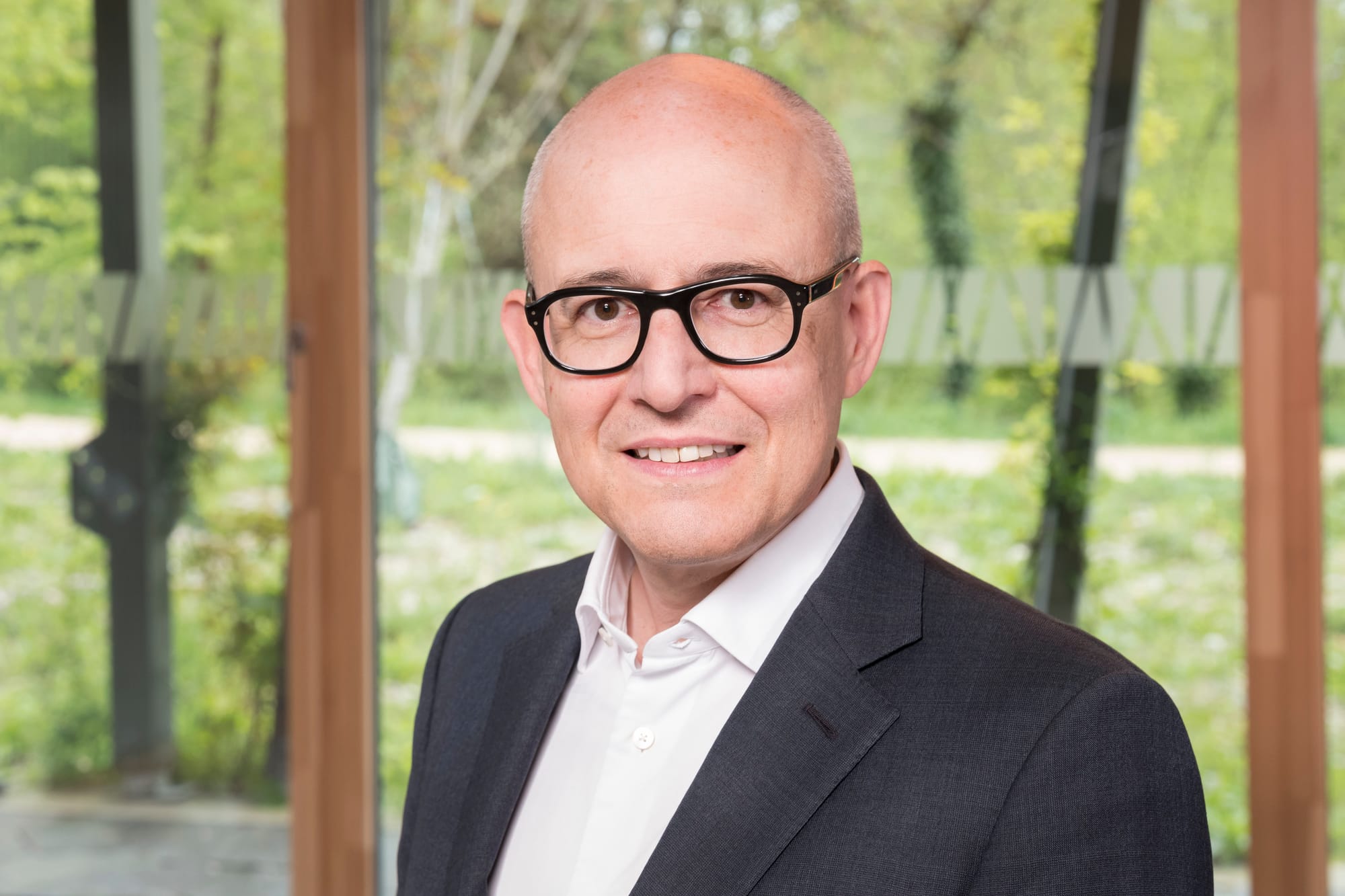"By transforming buildings during their renovation in a way that reduces private spaces and increases shared areas, it would be possible to offer each inhabitant more square meters while reducing the overall area per inhabitant," wrote, in a previous opinion, Philippe Thalmann.
According to the professor of environmental economics at EPFL, this model can be economically viable. "If the same building houses 40 people instead of 30, it becomes possible to increase rental income while reducing the rent per person. The owner thus recoups the cost of the renovation and transformation of the building. Everyone wins!"
Following the many reactions prompted by this idea of greater sharing of spaces, we wanted to know the opinion of players and experts in the real estate sector. We continue our series with the point of view of Luca Ippoliti, regional director of property management for French-speaking Switzerland, and Christophe Chatelet, head of the construction department, member of the executive management at Wincasa.
Could increased sharing of spaces be a serious avenue for the future of the real estate sector in Switzerland?
First, based on our experience, we believe that indeed, given the energy challenges (embodied energy) and the need to economize on space, the future of construction lies in renovating and optimizing the existing building stock.
The sharing of spaces already exists today for certain forms of housing: student accommodation, communities within institutions for the elderly, or even furnished micro-apartments, most often accompanied by common areas.
We think that a development of this model could partially meet the demand of a population envisaging, in the long term, living as a couple or alone. This lifestyle would mainly concern a period that we estimate at about 30 years in a lifetime, and could theoretically affect around 20% of the population (1/3 of life for 60% of the non-owner population).
Apartments with shared spaces therefore have real market potential. This would be all the greater if a change of mindset regarding the private area of "one's apartment" could occur, as Professor Thalmann rightly points out. Paradoxically, the housing shortage could favor the acceptance of new forms of habitation.
We do not see, a priori, a direct correlation between the sharing of spaces and the allocation of more human resources to renovation.
Would this sharing of spaces make it possible to devote more resources to renovation rather than to the construction of new housing – and thereby make up for Switzerland's backlog in transforming its building stock?
We do not see, a priori, a direct correlation between the sharing of spaces and the allocation of more human resources to renovation.
Rather, it is about making renovation, densification and modernization economically attractive.
We believe that a relaxation of legislation, an acceleration of the timeframes for obtaining building permits, as well as measures encouraging real densification (the authority could, in return, require a reasonable quota of affordable-rent apartments), are credible and effective avenues.
The interest of investors (pension funds and others…) is, in our view, the most powerful lever to bring about rapid change, these actors being major pillars of the building stock.
For years we have heard about the need to reduce the size of dwellings, but the sector seems to remain deaf to this demand...
Our experience tends to show that this is a reality: we identify three factors that strongly work against reducing space per person:
- Tenants are looking for comfortable housing that offers freedom of furnishing, which becomes difficult in reduced spaces.
- Property owners primarily seek to ensure the "profitability" of their buildings and are content to meet market demand.
- People for whom a reduction of space could be relevant do not change apartments (notably parents whose children have left the family home). These families have often lived in their dwelling for a long time, and experience shows that their rent typically rises less than the market: hence little economic interest in reducing their space, giving up a room for grandchildren, while paying a higher rent.
Obsolete office buildings represent a real opportunity for alternative housing, thus helping to reduce the current housing shortage.
What concrete avenues exist to reduce the climate impact of the Swiss real estate sector?
In the economic model prevailing in our latitudes, financial incentives are the main driver of innovation. They could be translated, for example, by freeing up large apartments. Such a model would be sufficiently attractive to encourage couples to trade a five-room apartment for a three-room one when the children have left the nest, this approach being able to be accompanied by benefits adapted to age-related needs: proximity to shops, improved accessibility, presence of an elevator, etc.
On the construction side, the sector must naturally turn to the use of low-carbon materials, as well as to the reuse or recycling of existing materials.
It would also be necessary for Switzerland to commit decisively to promoting urban densification. This would notably involve transforming or adding floors to existing buildings, made possible through attractive incentive measures, including a rapid guarantee on the feasibility of projects.
The real estate sector is currently facing an oversupply of offices. Once redeveloped, couldn't these spaces meet the growing need for housing incorporating more shared spaces?
We believe that office spaces, often very flexible, represent a particularly interesting option for the development of alternative housing forms, such as aparthotels or other similar concepts.
Unoccupied spaces are often located on the periphery, which is not necessarily a disadvantage for residential use.
However, the investments required, notably for arranging wet rooms, electrical installations or heating, are often considerable. Moreover, some office buildings are simply not suitable for conversion into housing. For these buildings, the construction of a new building, for example with a wood-frame structure, could be considered.
Our experience shows, once again, that legislative changes going in the direction of relaxation (concerning, for example, modification of zoning designations, requirements regarding natural light, noise, the possibility of creating balconies, or site protection) are essential conditions to allow such development in the short term.
In summary, we believe that with political will aligned with CO₂ reduction objectives, obsolete office buildings represent a real opportunity for alternative housing, thus helping to reduce the current housing shortage.
This article has been automatically translated using AI. If you notice any errors, please don't hesitate to contact us.




